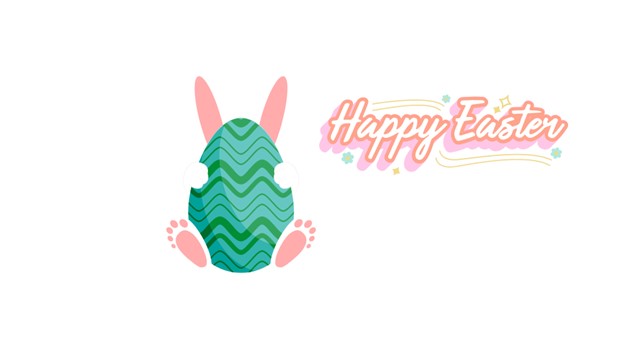Obscure Historical facts about Easter

For many people of the Christian faith, Easter is the most important holiday of the year. It is the culmination of the religious season of Lent and the day on which Christians celebrate the resurrection of Jesus. The first recorded celebration of Easter was back in the 2nd century but it probably goes back even further than that. According to one popular theory early Christians adopted Easter from a German pagan festival celebrating the Eostre the anglo-saxon goddess of spring and fertility. The goddess consorted with a rabbit which as the theory goes was the original inspiration for today’s Easter Bunny. Over time pagan traditions began to mix with Christian ones in hopes of spreading the faith so in time Eostre became translated to Easter.
Dyeing dying easter eggs has long been a fun practice associated with the holiday. So it’s not surprising to learn that tradition dates back to the 13th century when consuming eggs during holy week was strictly prohibited by Christianity. To not confuse holy eggs from regular ones priests would paint the eggs in a different color to identify them as the holy week eggs.
One of history’s most lavish Easter traditions developed in late 19th century Russia when royalty and other members of high society began giving each other jewel encrusted eggs as Easter gifts. The man behind these insanely valuable eggs was the artist jeweller goldsmith Peter Carl Faberge who was commissioned by Tsar Alexander the 3rd to create jeweled Easter eggs for his wife.
Share your Easter colors with Flippysox!

Recent Comments